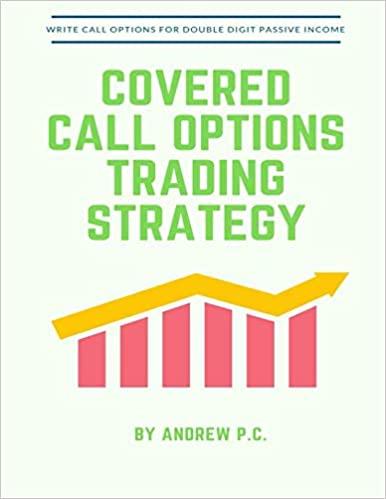Question
Following table shows the actual amounts for year 2016 and projections for next 5 years of the firm KNJ (amounts are in millions). Actual Projected
Following table shows the actual amounts for year 2016 and projections for next 5 years of the firm KNJ (amounts are in millions).
| Actual | Projected | ||||||
| 2016 | Year + 1 | Year + 2 | Year + 3 | Year + 4 | Year + 5 | ||
| Comprehensive Income | $3,100 | $2,944 | $3,069 | $3,199 | $3,335 | $3,475 | |
| Common shareholders equity Paid-in Capital $659 $694 $714 $732 $749 $764 Retained Earnings $12,163 $12,604 $12,837 $12,989 $13,036 $12,977 Accumulated Other ($100) ($100) ($100) ($100) ($100) ($100) Comprehensive Income | |||||||
| Total Common Equity | $12,722 | $13,198 | $13,451 | $13,621 | $13,685 | $13,641 | |
Assume the following at beginning of Year + 1 for KNJ:
1. Market equity beta for KNJ is 1.00
2. Risk free interest rate is 3.0% and market risk premium is 6.00%.
3. KNJ has 500 million outstanding shares and is trading at $71 per share.
4. KNJs outstanding interest bearing debt is $8,200 million. Assume that the market value of the
debt is also $8,200 million. The interest rate is 4.0%.
5. There are no preferred stocks.
6. KNJ has $940 million in equity capital from non-controlling interests. The required rate of return
for the non-controlling interests is 15%.
7. The average tax rate is 30%
Questions:
a. Use CAPM to compute the required rate of return on common equity capital.
b. Compute the weighted-average cost of capital
c. Use the clean surplus accounting approach to derive the projected dividends for common
shareholders for Year + 1 through Year + 5 based on comprehensive income and shareholders
equity. Throughout this problem, you can ignore the dividends to the noncontrolling interests.
d. Use the clean surplus accounting approach to project the continuing dividends for common
shareholders in Year + 6. Assume that the steady-state long-run growth rate will be 3% in Year+6
and beyond.
e. Using the required rate of return on common equity as discount rate, calculate the present
value of the dividends for years Year + 1 through Year + 5.
f. Using the required rate of return on common equity as discount rate and long-run growth rate
of 3%, calculate the present value of continuing value of KNJ as of the start of Year + 1.
g. Compute the value of share of common stock (Compute the sum of present value of dividends for Year + 1 through Year + 5 and present value of continuing value, apply midyear discounting adjustment, and calculate per share value).
h. Using the same assumptions made earlier, re-compute the KNJ share value for the two following scenarios:
Scenario 1: Long-run growth rate as 2% (not 3% as before) and assume that the required rate of return on equity is 1 percentage point higher than the one calculated in question (a).
Scenario 2: Long run growth rate as 4% (not 3% as before) and assume that the required rate of return on equity is 1 percentage point lower than the one calculated in question (a).
i. Do you recommend buy or sell of KNJ share based on the current price and the value range calculated above?
Step by Step Solution
There are 3 Steps involved in it
Step: 1

Get Instant Access to Expert-Tailored Solutions
See step-by-step solutions with expert insights and AI powered tools for academic success
Step: 2

Step: 3

Ace Your Homework with AI
Get the answers you need in no time with our AI-driven, step-by-step assistance
Get Started


